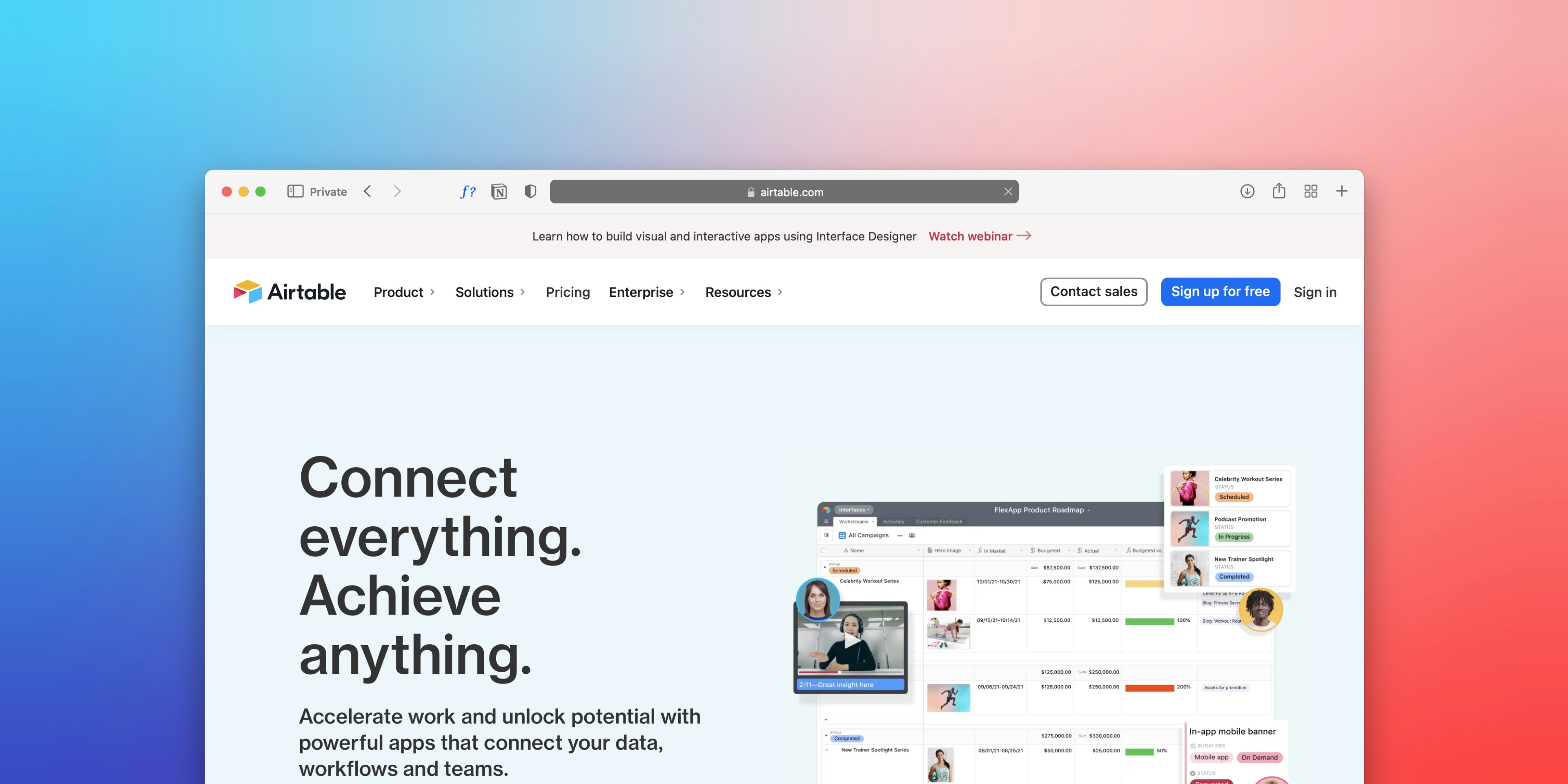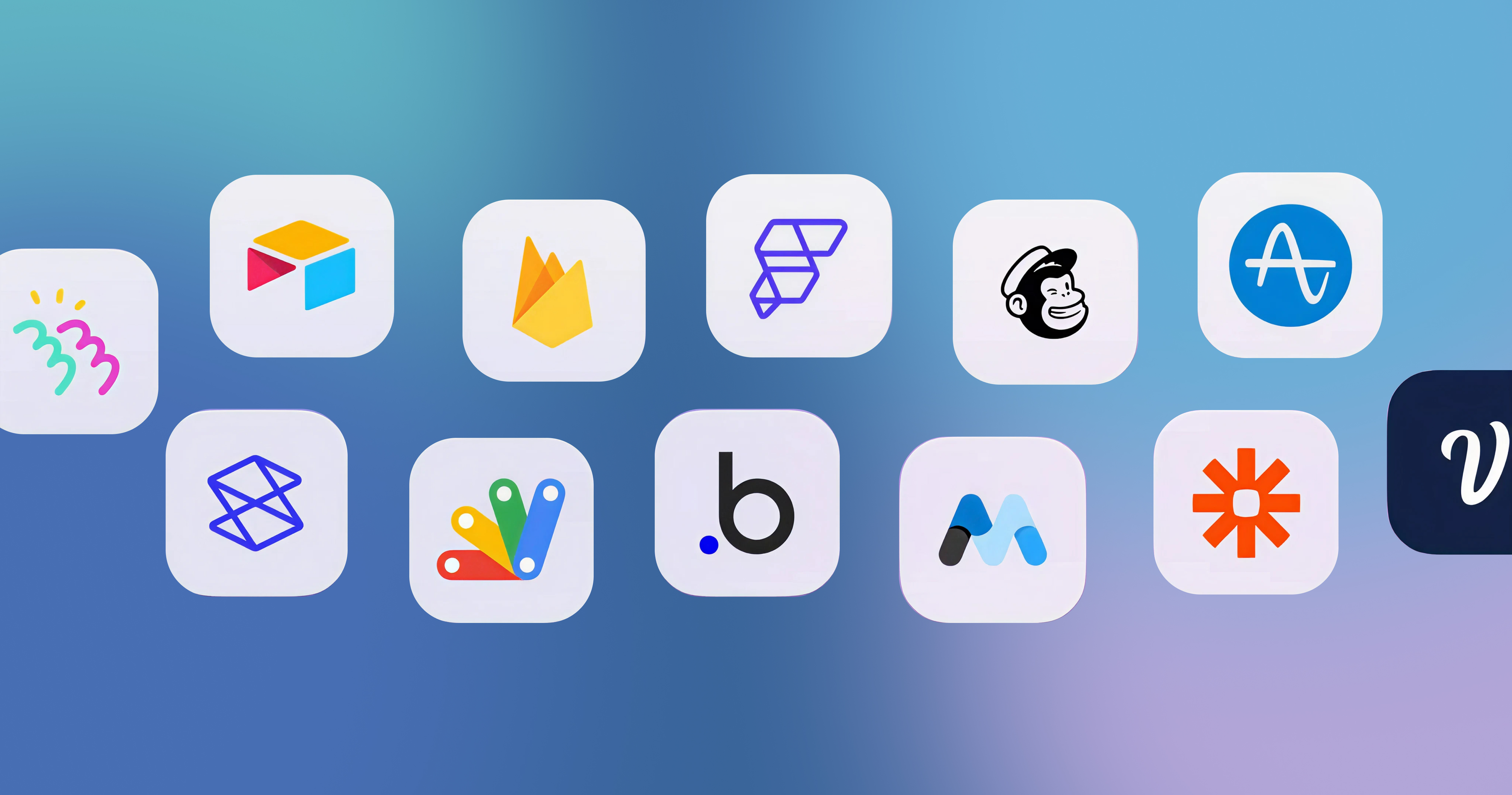-p-2000.png)


The Importance of Infographics Design for Business

Users are easily distracted within the first three seconds of landing on a website or web page. The website’s features must be appealing enough to avert the user from losing interest after a while.
The different stages of the user’s journey through the sales funnel, including attraction, engagement, conversion, and retention, are determined by the user’s perception of the website.
Given the fact that humans are capable of processing images 60,000 times faster than text, consider using infographics to step things up a notch.
Infographics use data, visual charts, and statistics to help users pick up on a lot of information instantly. Infographics should be a part of any content marketing strategy for the following reasons:
- Boosts search engine optimization (SEO)
- Enhances brand awareness
- Simplifies complex content
- Highlights the features of a product
- Provides insights into survey results
- Accelerates decision-making process
Why is an infographic important for your business?
You can have a lot of informative content on your website. But, the bigger question is does the content serve the intended purpose?
What value are your readers deriving from the content?
Even if bullet points are used, the reader might tend to get bored at some point and will skim through the content, creating confusion. No value addition happens when the reader fails to grasp any substantial information from the content.
Readers might have trouble comprehending information presented in the form of text. However, a visual representation of the content will make the content more comprehensible for the readers.
In comparison to text, images are easier to memorize. Infographics or information design can be used to educate your audiences through design that streamlines your content more engagingly.
Benefits of using Infographics design for your business
1. Engaging your audiences
As discussed, people find it confusing to get the hang of the topic when the content goes on and on. Some people might not be too keen on reading, while others might not have the time to read the entire content.
Using information design, you can keep it subtle and avoid any confusion. Images will remain in the memory in comparison to text.
2. Highlighting vital details
We use bullet-point lists to emphasize the most important ideas. However, if there are multiple bullet lists within the content, readers will find it challenging to remember all the details simultaneously.
When infographics are used to feature your content, the stats will be displayed in a hierarchical order, making it easy for readers to memorize the events or other details in their order of occurrence.
The use of graphs, charts, and tables proves that a lot of research has gone into the making of infographics, strengthening the authenticity of your content.
3. Storytelling made easy
While we can include a lot of graphs or charts in the information design, you can weave a beautiful story for your readers. Including a few numbers might seem monotonous. Infographic allows you to weave a beautiful story that people will find appealing and engaging, unlike plain text.
4. Uplifting brand image
Infographics say a lot about your brand and your product offerings. The information that is featured via infographics helps people to measure your knowledge. This knowledge-sharing goes a long way toward building people’s trust in your brand. We strongly recommend including your brand logo, website address, or other details within your infographics.
5. Search engine optimization
Post your infographics on your website and share them across all relevant social media platforms to increase engagement. This will help generate backlinks, driving traffic from search engines.
Points to remember when designing Infographics
1. Simplicity is the key
As discussed, infographics help to simplify complex content. Using the design, you can help the reader navigate across the vital details without creating any confusion. Include white spaces and refrain from using too many colors. Using a palette of fewer than five colors will leave sufficient room to breathe.
2. Design for all
Your information design should resonate with audiences across the globe. Everyone must be able to access the design. Including recognizable icons and images will improve the chances of your infographic clicking with audiences across the world. Utilizing free icons from Flaticon can help you create a more comprehensive design that is both visually appealing and easy to understand.
Since an infographic comprises more images than text, most people will be able to comprehend the underlying idea or concept better.
3. Get creative
You need to think outside the box to make the design innovative and interesting. Experiment with colors, fonts, images, and text to appeal to your audience. Your infographics should reflect the tone and style of your brand and the topic of discussion.
Wrapping up
Infographic is derived from the terms: “info” (which means information) and “graphics.” Information design is nothing but the visual representation of information.
Plain text without visuals looks boring and might not appeal to many readers. However, if you feature certain visual aids along with this information, it will generate the curiosity of the readers, and they will want to know more.
About Seattle New Media
Seattle New Media is a digital marketing agency, offering our clients many services to help take their businesses to the next level. For a consultation, contact us today.

FAQ
Editorial Team
Publisher
Users are easily distracted within the first three seconds of landing on a website or web page. The website’s features must be appealing enough to avert the user from losing interest after a while.
The different stages of the user’s journey through the sales funnel, including attraction, engagement, conversion, and retention, are determined by the user’s perception of the website.
Given the fact that humans are capable of processing images 60,000 times faster than text, consider using infographics to step things up a notch.
Infographics use data, visual charts, and statistics to help users pick up on a lot of information instantly. Infographics should be a part of any content marketing strategy for the following reasons:
- Boosts search engine optimization (SEO)
- Enhances brand awareness
- Simplifies complex content
- Highlights the features of a product
- Provides insights into survey results
- Accelerates decision-making process
Why is an infographic important for your business?
You can have a lot of informative content on your website. But, the bigger question is does the content serve the intended purpose?
What value are your readers deriving from the content?
Even if bullet points are used, the reader might tend to get bored at some point and will skim through the content, creating confusion. No value addition happens when the reader fails to grasp any substantial information from the content.
Readers might have trouble comprehending information presented in the form of text. However, a visual representation of the content will make the content more comprehensible for the readers.
In comparison to text, images are easier to memorize. Infographics or information design can be used to educate your audiences through design that streamlines your content more engagingly.
Benefits of using Infographics design for your business
1. Engaging your audiences
As discussed, people find it confusing to get the hang of the topic when the content goes on and on. Some people might not be too keen on reading, while others might not have the time to read the entire content.
Using information design, you can keep it subtle and avoid any confusion. Images will remain in the memory in comparison to text.
2. Highlighting vital details
We use bullet-point lists to emphasize the most important ideas. However, if there are multiple bullet lists within the content, readers will find it challenging to remember all the details simultaneously.
When infographics are used to feature your content, the stats will be displayed in a hierarchical order, making it easy for readers to memorize the events or other details in their order of occurrence.
The use of graphs, charts, and tables proves that a lot of research has gone into the making of infographics, strengthening the authenticity of your content.
3. Storytelling made easy
While we can include a lot of graphs or charts in the information design, you can weave a beautiful story for your readers. Including a few numbers might seem monotonous. Infographic allows you to weave a beautiful story that people will find appealing and engaging, unlike plain text.
4. Uplifting brand image
Infographics say a lot about your brand and your product offerings. The information that is featured via infographics helps people to measure your knowledge. This knowledge-sharing goes a long way toward building people’s trust in your brand. We strongly recommend including your brand logo, website address, or other details within your infographics.
5. Search engine optimization
Post your infographics on your website and share them across all relevant social media platforms to increase engagement. This will help generate backlinks, driving traffic from search engines.
Points to remember when designing Infographics
1. Simplicity is the key
As discussed, infographics help to simplify complex content. Using the design, you can help the reader navigate across the vital details without creating any confusion. Include white spaces and refrain from using too many colors. Using a palette of fewer than five colors will leave sufficient room to breathe.
2. Design for all
Your information design should resonate with audiences across the globe. Everyone must be able to access the design. Including recognizable icons and images will improve the chances of your infographic clicking with audiences across the world. Utilizing free icons from Flaticon can help you create a more comprehensive design that is both visually appealing and easy to understand.
Since an infographic comprises more images than text, most people will be able to comprehend the underlying idea or concept better.
3. Get creative
You need to think outside the box to make the design innovative and interesting. Experiment with colors, fonts, images, and text to appeal to your audience. Your infographics should reflect the tone and style of your brand and the topic of discussion.
Wrapping up
Infographic is derived from the terms: “info” (which means information) and “graphics.” Information design is nothing but the visual representation of information.
Plain text without visuals looks boring and might not appeal to many readers. However, if you feature certain visual aids along with this information, it will generate the curiosity of the readers, and they will want to know more.
About Seattle New Media
Seattle New Media is a digital marketing agency, offering our clients many services to help take their businesses to the next level. For a consultation, contact us today.
FAQ
Editorial Team
Publisher




Hi, I'm Mike!
If you are enjoying the article, feel free to subscribe to our monthly newsletter.
If you have any project requirements, please contact us.




.png)









